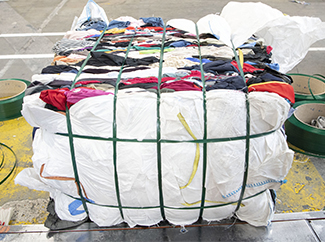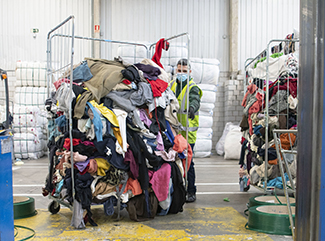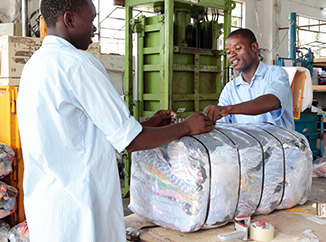consent_cookie
Duración: 1 year
Stores the user's cookie consent state
06-10-2025
The European Commission has proposed that transboundary movements of textile waste be addressed under the Basel Convention. Discussions now underway include its possible reclassification as hazardous or problematic. Such a shift would subject shipments of textile waste to Prior Informed Consent (PIC) procedures, creating significant barriers to trade.
Humana, with almost four decades of experience in the collection, sorting, trade, and retail of post-consumer textiles, warns that this approach risks undermining the global transition to sustainable and circular textile systems.
The post-consumer textiles value chain is highly globalized. A large share of sorting and recycling capacity, as well as second-hand clothes markets, are found in low- and middle-income countries. The recovery of discarded textiles cannot be carried out at scale without them – even if reuse and recycling grow in the Global North, as they should.
Concerns that these activities are causing environmental harm in the Global South are often overstated and based on unclear or incomplete data. On the one hand, evidence shows that clothing which has been deemed reusable after sorting is indeed of good quality, and only a small fraction goes unsold in receiving markets, contradicting claims of large amounts not being fit for resale; on the other hand, imposing stricter controls on shipments of post-consumer textiles will not solve the lack of waste management infrastructure in receiving countries. Alongside refining and enforcing existing regulation, building waste management capacity is the true lever to act upon pollution – which stems overwhelmingly from packaging waste, textiles playing a negligible role.
Beyond the lack of knowledge about the reality of the post-consumer textiles value chain, the discussion on textile waste shipments is further being biased by the lack of harmonized and granular definitions of textile waste.
In this light, Humana recommends:
Instead, what is needed to prevent pollution while fostering a safe and dynamic circular textiles economy is:


